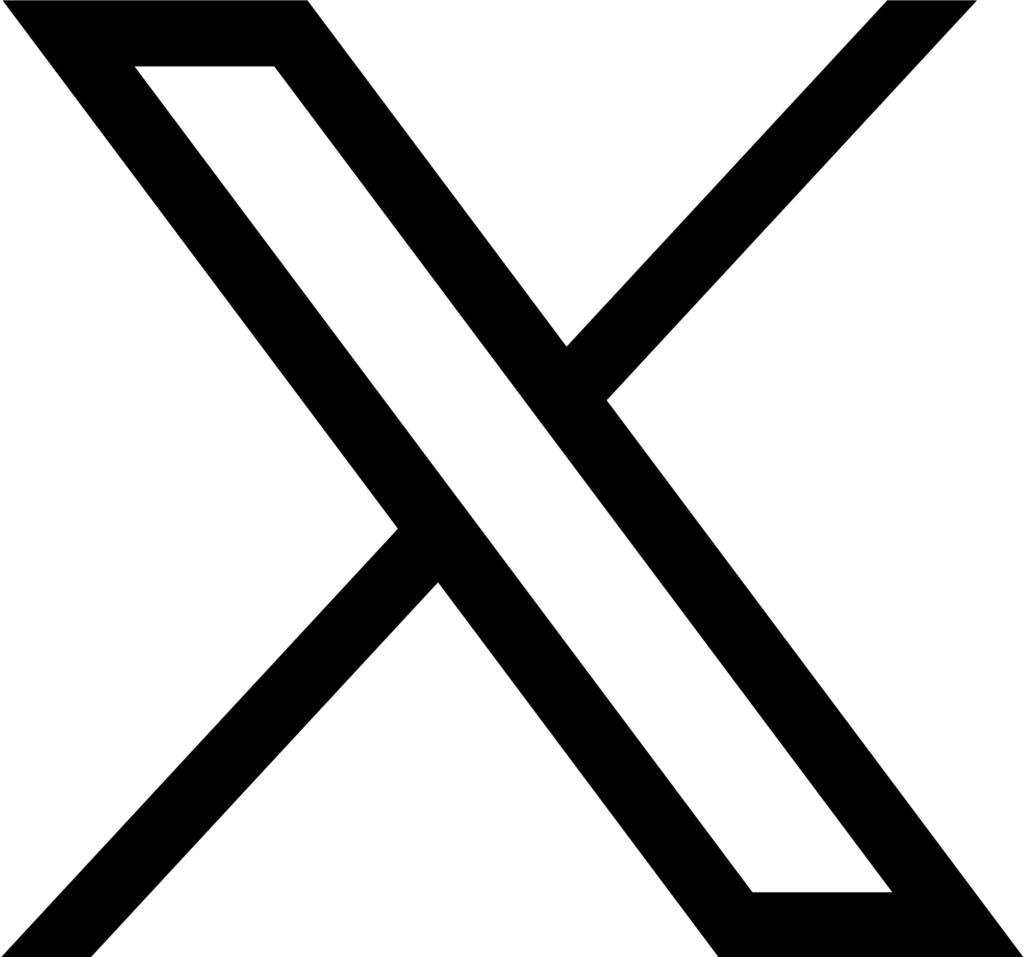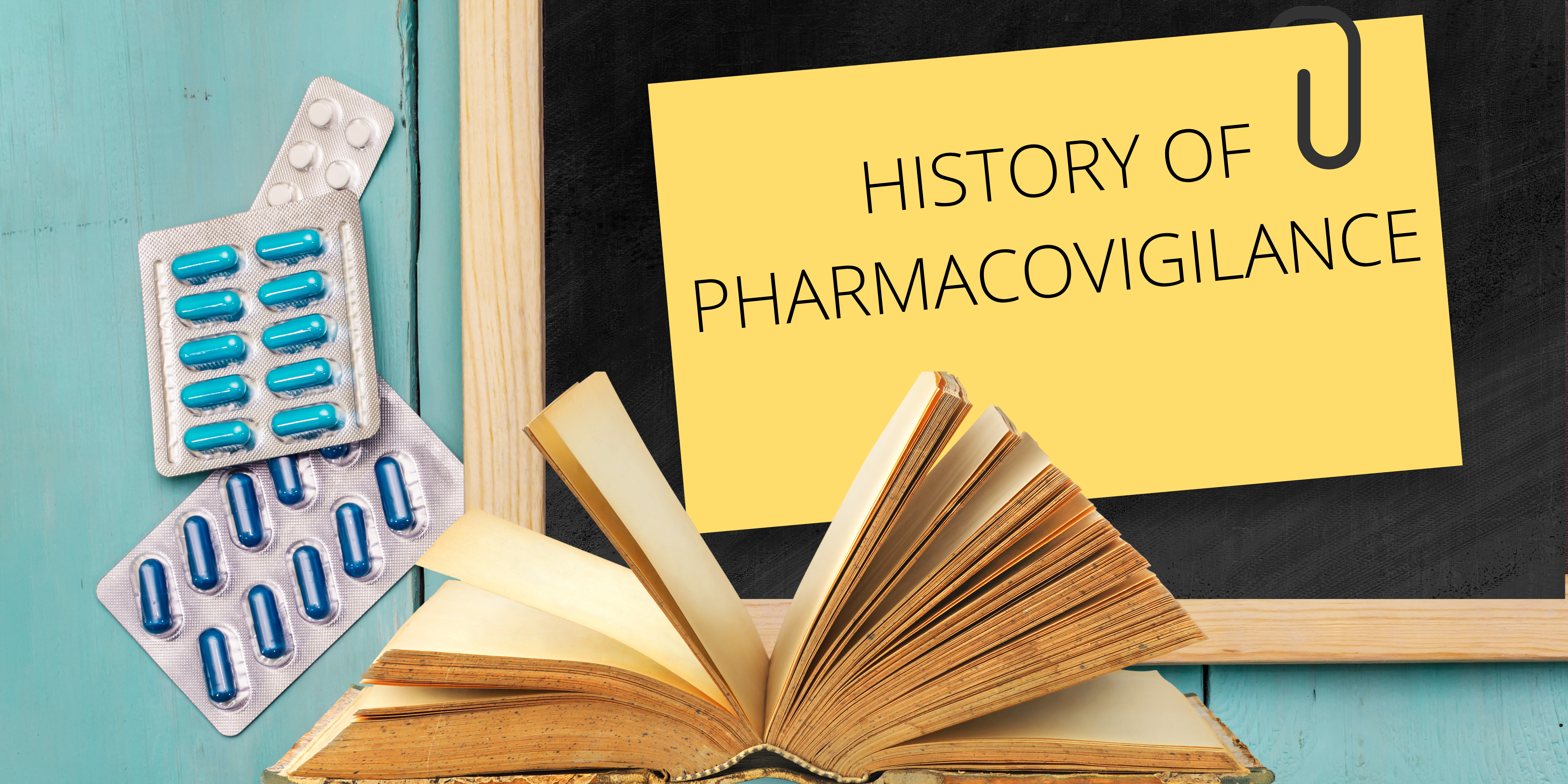What is pharmacovigilance and what led to its establishment?
The second half of the twentieth century was marked by the dynamic development of medicine. Hand in hand with that, the average life expectancy increased and there was a significant drop in infant mortality. Moreover, humanity emerged victorious in the battle with numerous diseases which had been deemed incurable in previous decades.
Of course, this development was connected with additional challenges. Here, medicines and the danger associated with adverse events and reactions constituted the main problem and it was for precisely that reason that pharmacovigilance was born. Pharmacovigilance is a system for overseeing the safety of pharmacotherapies and it encompasses every activity carried out by professionals all over the world. It is intended to ensure that using a given medicine will be as safe as possible for the patient.
The etymology of the ‘pharmacovigilance’
’Pharmacovigilance’ is a combination of two words, the Greek pharmakon, meaning ‘drug’, ‘medicine’[1] and the Latin vigilare, ‘keep awake’ [2]. It can therefore be concluded without difficulty that the purpose of pharmacovigilance is to monitor the safety of medicinal products in use in order to detect dangers and eliminate them through prevention.
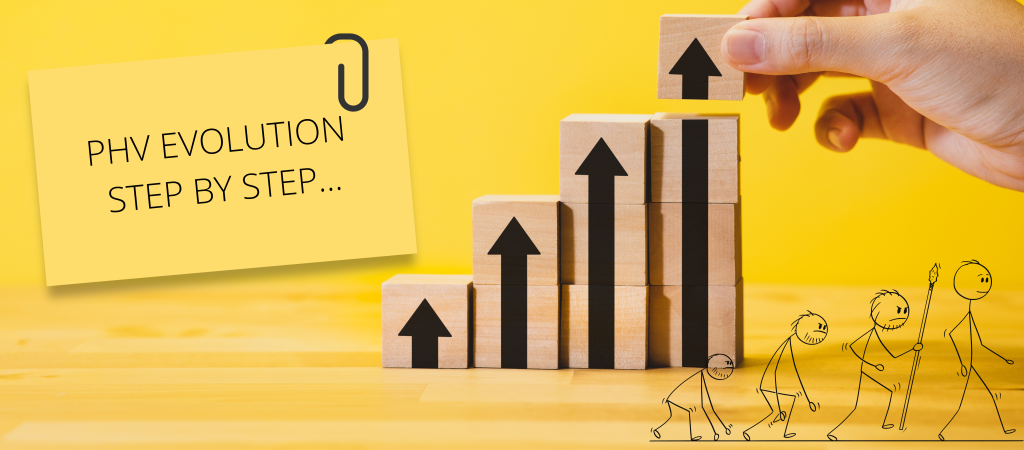
The evolution of pharmacovigilance. A chronology
Throughout the ages, people have been interested in the efficacy and safety of the medicines they use. However, as is so often the case, it was only the occurrence of tragic events which served to stimulate the creation of a system for collecting spontaneous reports on the adverse effects of medicinal substances.
What follows is a list of the most important milestones in the evolution of pharmacovigilance:
- 1848: fifteen-year-old Hannah Greener dies under chloroform during a surgical procedure to remove an ingrown toenail. Chloroform had been brought into use in clinical practice the previous year, replacing ether, which caused more intense nausea and vomiting;
- 1937: sulfanilamide elixir leads to the poisoning of more than one hundred people in the USA;
- 1938: the United States Congress passes the Federal, Drug and Cosmetic Act;
- 1955: acetylsalicylic acid is confirmed as a cause of gastrointestinal diseases;
- 1961: a letter from an Australian doctor, William McBride, is published in the “The Lancet”. His subject is the increased frequency of malformed lower limbs in babies born to women who took thalidomide during pregnancy;
- 1964: the UK launches the Yellow Card scheme for the spontaneous reporting of adverse drug reactions;
- 1965: Council Directive 65/65/EEC of 26 January 1965 on the approximation of provisions laid down by Law, Regulation or Administrative Action relating to proprietary medicinal products is introduced;
- 1968: the World Health Organisation institutes its Programme for International Drug Monitoring;
- 1995: the European Medicines Agency is established;
- 2001: the EudraVigilance database is created;
- 2012: Directive 2010/84/EU of the European Parliament and of the Council of 15 December 2010 amending, as regards pharmacovigilance, Directive 2001/83/EC on the Community code relating to medicinal products for human use;
- 2017: the new EudraVigilance system is launched.
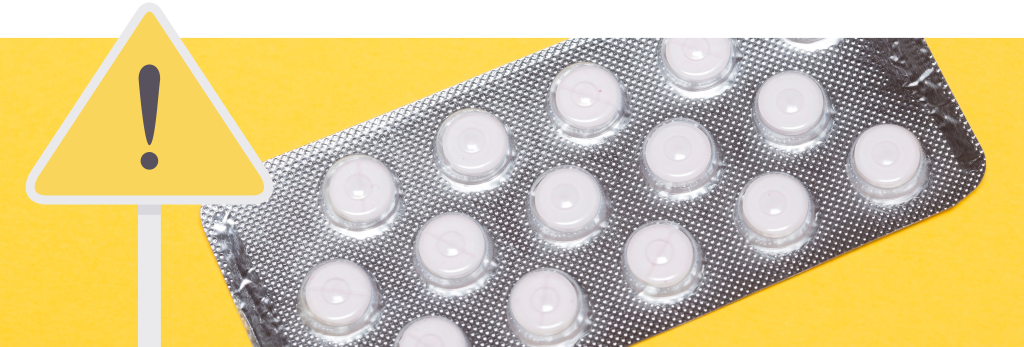
Pharmacovigilance activities
Adverse drug reactions
The term ‘adverse drug reactions’ is inseparably bound up with pharmacovigilance and its tasks, so it is worth examining it more closely before discussing the full range of pharmacovigilance activities.
As set out in Directive 2010/84/EU, an adverse reaction relates not only to situations where a medicinal product was used in accordance with all the instructions, but also when it occurs as a result of incorrect use, for instance when a patient knowingly or unknowingly takes an overdose or when a pharmaceutical is used in a way which fails to comply with the instructions on the leaflet or when a medical error is made in the use of the product in question.
It is also worth mentioning that departing from the confirmed instructions when using a medicine should not necessarily be automatically perceived as an error. If there is no scientific rationale for departing from the standards, then doing so is, of course, wholly inappropriate. However, where a physician has more up-to-date knowledge which is rooted in research, this behaviour is legitimate.
Examples of pharmacovigilance activities
Below are some examples of pharmacovigilance activities:
- responsibility as a European Union Qualified Person for Pharmacovigilance;
- evaluating, configuring and deploying pharmacovigilance systems;
- preparing and introducing the Pharmacovigilance System Master File and Standard Operating Procedures;
- Internal and external audits of the pharmacovigilance system;
- preparing for inspections carried out by the authorities and providing support while they are in progress;
- surveying local, global and EudraVigilance literature and monitoring medical literature;
- managing signals and the EudraVigilance Data Analysis System;
- managing individual case safety reports (ICSRs);
- compiling periodic safety update reports;
- compiling and updating risk management plans;
- preparing educational materials;
- communicating with the authorities;
- working within the EudraVigilance framework and the eXtended EudraVigilance Medicinal Product Dictionary.
Measuring the impact of pharmacovigilance activities
Following the Strategy on Measuring the Impact of Pharmacovigilance Activities, which has been in force since 2017 and was updated in April 2022, four key areas are identified:
- an effectiveness evaluation of risk minimisation measures; in line with the requirements of Module XVI GVP, Marketing Authorisation Holders (MAHs) conduct a PASS and report to the competent authorities, who evaluate the effectiveness of the risk minimisation measures for authorised medicinal products;
- the effectiveness of specific pharmacovigilance processes ,namely:
- the spontaneous reporting of suspected adverse reactions;
- signal detection and management;
- risk management planning;
- periodic safety update reporting;
- post-authorisation studies (PASSs);
- enablers of effective pharmacovigilance and stakeholder engagement in activities relating to the regulation of medicines and pharmacovigilance at the regulatory level and in daily healthcare. The stakeholders referred to here are patients and healthcare professionals;
- analytical methods for impact research. The guidelines relating to the principles, purposes and efficiency of risk minimisation measures for the pharmaceutical industry and its regulators are set out in Module XVI GVP.
- Moreover, the revised strategy, which is intended to improve the functioning of daily healthcare, also includes;
- new information concerning prioritising and carrying out impact research;
- a review of industry-sponsored PASSs evaluating the effectiveness of risk management.
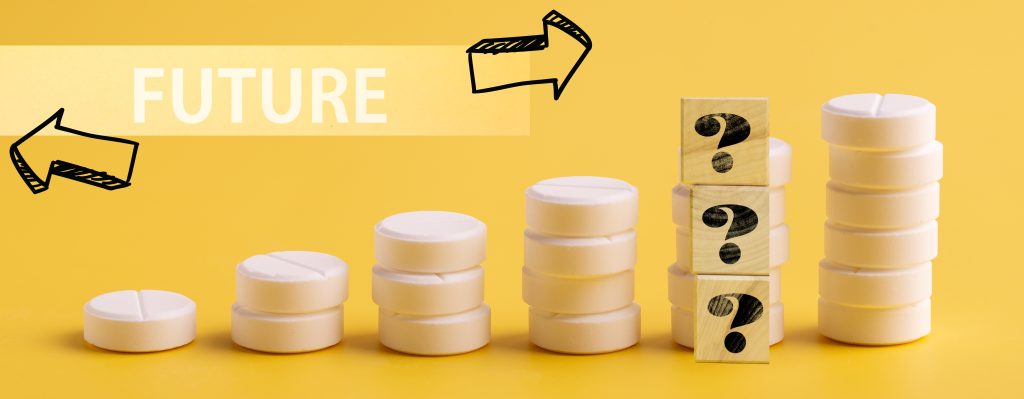
The future of pharmacovigilance
What, then, can be expected in the next decade? One crucial aspect is the continual development and improvement of pharmacovigilance. Anticipated priority activities include:
- smarter collection and reporting of ICSRs, thanks to:
- new technologies, such as digital healthcare applications;
- collaboration between the pharmaceutical industry and the authorities in order to reform the International Council for Harmonisation of Technical Requirements for Pharmaceuticals for Human Use (ICH);
- the streamlining and updating of processes by way of the evidence-based use of artificial intelligence and robots. The impact of changes should be monitored, in particular, from the angle of data quality and detecting signals;
- improved systems for measuring the effectiveness of medicinal products available on the market and rooted in the switch from reactive to proactive activities; in other words, systems where the monitoring of medications in terms of both safety and effectiveness is planned well before a product is introduced onto the market;
- increased engagement on the part of healthcare professionals, which will make it possible to maximise the positive impact of pharmacovigilance on the safety and efficacy of medications in use.
- It can therefore be assumed that the future of pharmacovigilance will be bound up with technological development, which will facilitate increased access to objective data in the coming years. Other significant matters include extended access to pharmaceuticals making it possible to monitor patients’ conditions and telemedicine facilitating the transmission of data to doctors. All of this provides a solid basis for viewing the future of pharmacovigilance with a strong dose of optimism.
It can therefore be assumed that the future of pharmacovigilance will be bound up with technological development, which will facilitate increased access to objective data in the coming years. Other significant matters include extended access to pharmaceuticals making it possible to monitor patients’ conditions and telemedicine facilitating the transmission of data to doctors. All of this provides a solid basis for viewing the future of pharmacovigilance with a strong dose of optimism.
[1] https://www.dictionary.com/browse/pharmaco-, retrieved on 11.07.23.
[2] https://www.dictionary.com/browse/vigilant, retrieved on 11.07.23.
[3] https://www.ncbi.nlm.nih.gov/pmc/articles/PMC6132952/, retrieved on DATE.
[4] Ibidem.
[5] https://www.ema.europa.eu/en/human-regulatory/overview/pharmacovigilance-overview, retrieved on DATE; https://www.ema.europa.eu/en/documents/other/prac-strategy-measuring-impact-pharmacovigilance-activities_en.pdf, retrieved on 23.06.22.
